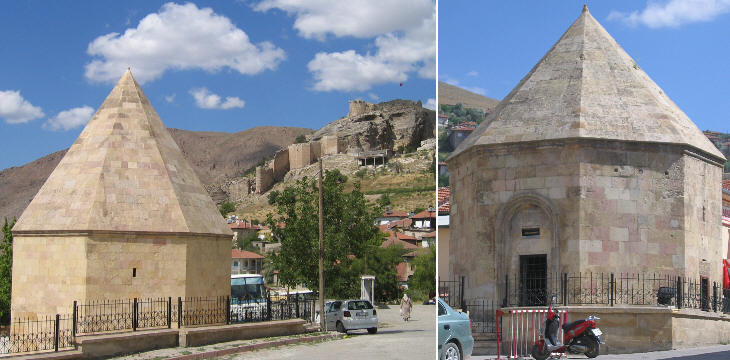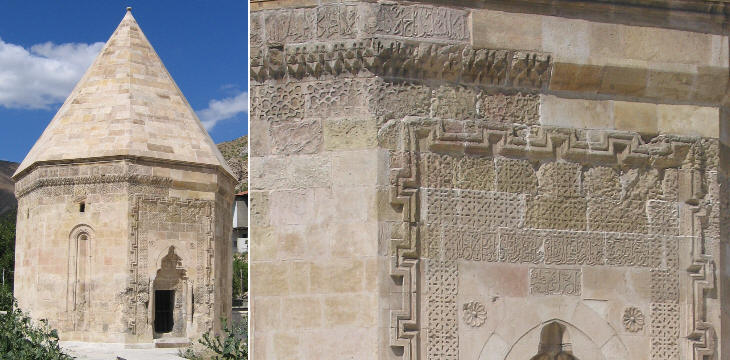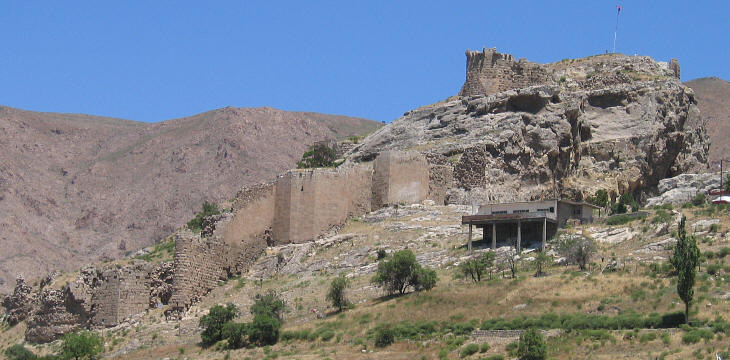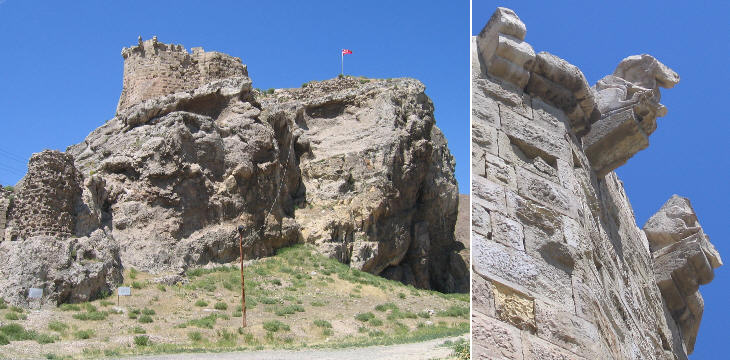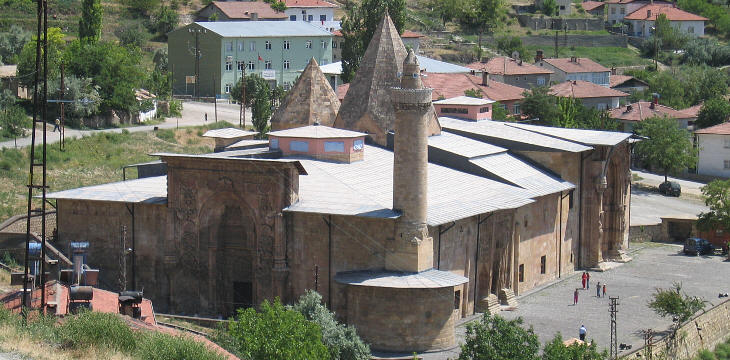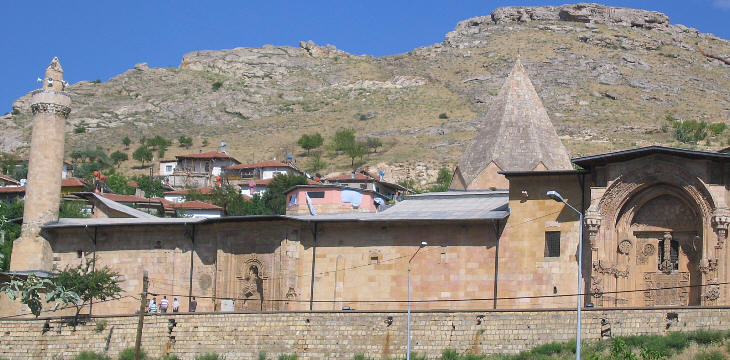  What's New! Detailed Sitemap All images © by Roberto Piperno, owner of the domain. Write to romapip@quipo.it. Text edited by Rosamie Moore. Page added in August 2008. |
 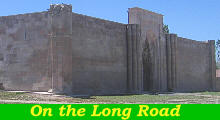 - Divrigi - page one - Divrigi - page one(Sultanhan) The 1071 Byzantine defeat at Manzikert opened the Anatolian tableland to the invasion of Turkish tribes. While the Sultanate of Rum was established on most of the western and central tableland, its eastern part was split into small principalities: the Danishmends ruled Kayseri while the Menguceks founded a principality to the east of Sivas.
Divrigi was the main town of the Mengucek principality: its rulers had the Persian title of Shah. The inhabitants lived on a hill protected by walls and by a small fortress at its top. The residence of the shahs was outside the walls; there is no evidence left of their palace. In the area between the assumed location of that building and the old town they built many kumbets (small mausoleums with a pointed dome).
The finest kumbet of Divrigi has many points in common with similar mausoleums in Kayseri and its decoration does not depart from the Seljuk tradition which was characterized by very low reliefs.
The fortifications of Divrigi were built in various periods; in particular they are associated with the Paulicians, members of a Christian sect aimed at restoring the Christianity of the early days. The sect was founded about 660 in Armenia, but its members were persecuted by Byzantine Emperor Leo V, who was of Armenian descent. A second persecution was ordered by Empress Theodora and the Paulicians were forced out of Armenia; they resettled in Divrigi (at that time Tephrike); from there with the help of the Arabs they led a rebellion against the Byzantine Emperor; even Nicea at the opposite side of Anatolia was under threat of being sacked. It was an all out war which eventually ended in 872 with the final defeat of the Paulicians. Those who surrendered were relocated in today's Bulgaria.
The fortifications were rebuilt by the Menguceks who placed at the very top of the hill a finely designed bastion which was embellished with corbels and statues of lions.
Today Divrigi is a small town in the province of Sivas; road connections are very poor and few would venture to visit it if it were not for an extremely interesting monument: a complex made up of a mosque (camii) and a hospital (darussifah) which was built by the Menguceks in 1228.
The mosque is associated with Ahmed Shah, the ruler of the principality, and the adjoining hospital with his wife Melike Turan Melek. The eight-sided roof covers the main hall of the mosque. The whole complex was designed by Hurrem, an architect who came from Ahlat, a town on Lake Van, the easternmost region of today's Turkey. Hurrem brought with him skilled masons and stonecutters. Move to page two.  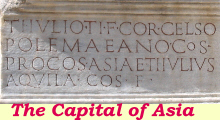 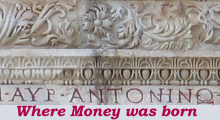 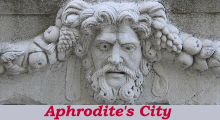 |
